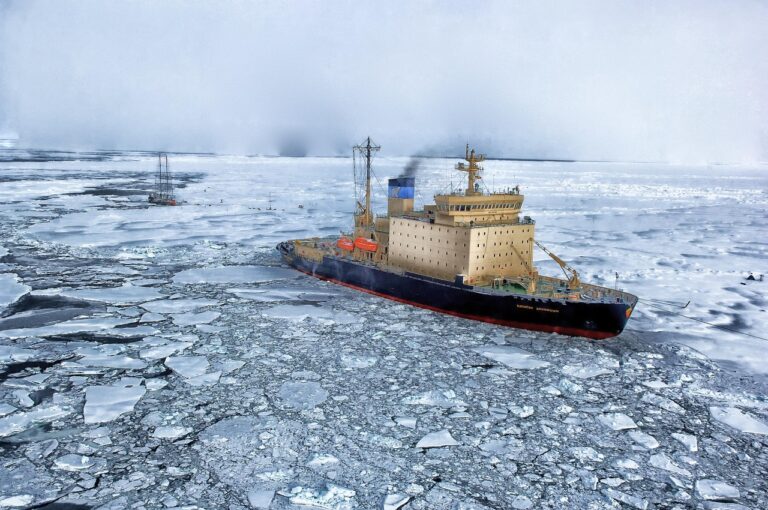'Catastrophic' consequences loom as Arctic black carbon emissions slip through regulatory cracks
Despite more than a decade of technical work at the International Maritime Organization (IMO), black carbon from Arctic shipping remains largely unregulated, necessitating “immediate and mandatory” action to prevent ‘disastrous’ climate impacts.

In its most recent report titled “On thin ice: Why black carbon demands urgent action”, US-based environmental organization Pacific Environment has highlighted that in spite of the efforts made so far, black carbon—a component of particulate matter (PM) formed by the incomplete combustion of fossil fuels, biomass, and biofuels—remains ‘in limbo’, with only a voluntary resolution and guidance set up.
As noted, this presents a mammoth issue given the rise in Arctic shipping. Per Protection of the Arctic Marine Environment’s (PAME) Arctic Shipping Status Report, the number of individual vessels entering the region increased from 1,298 in 2013 to 1,781 in 2024, while the cumulative distance traveled within these polar waters rose by 108%, from 6.51 million to 12.7 million nautical miles.
As disclosed, commercial fishing vessels represented the highest number of the units sailing these waters, while bulk carriers, icebreakers and research ships also secured their spot(s) close
Content Original Link:
" target="_blank">




































































